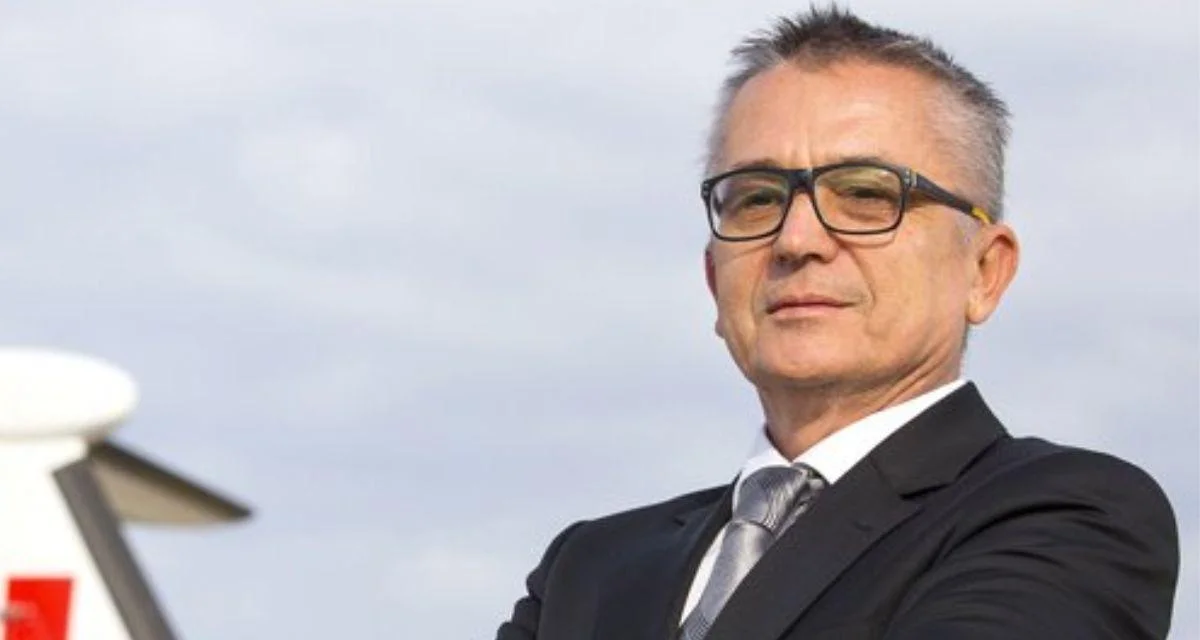This month, Croatia Airlines will deploy its new jet on European routes from its Zagreb hub. Scheduled flights include ten round trips to Brussels and services to cities such as Frankfurt, Milan, Barcelona, Dubrovnik, and Split. Over October, the aircraft is expected to offer more than 5,300 seats across 42 flights.
CEO Jasmin Bajič commented: "Our first A220-100, which carries the name of Dubrovnik, will strengthen our flight network, provide both passengers and crew with a first-class flying experience and contribute to more sustainable operations. We thank our partners - Airbus and Air Lease Corporation - for their support in realising the complete renewal of our fleet, the biggest strategic project in the history of Croatia Airlines.”
The airline’s fleet renewal involves leasing new jets from Air Lease Corporation and retiring older aircraft. Currently operating two A320s and four A319s averaging 23.5 years old—as well as four Dash 8 Q400 turboprops—Croatia Airlines aims to become an all-A220 operator by replacing these planes.
In addition to introducing higher-density seating on its new jets—a move that may affect passenger comfort compared to other operators—the airline views the change as a significant upgrade over previous-generation aircraft.
Croatia Airlines also operates six A220-300s after receiving its first in 2024. The carrier expects its full transition plan will be completed by 2027 with a total of fifteen A220s in service.
The Airbus A220 sits between regional jets and standard narrowbody aircraft like the Boeing 737 or Airbus A320 in size. While there are currently no plans for a larger “A220-500” variant until profitability is achieved within the program according to Airbus statements at recent industry events such as those attended by Breeze Airways—which has expressed interest in an expanded model—the current focus remains on delivering existing orders.
LOT Polish Airlines recently placed an order for forty A220s (twenty each of both variants) at the Paris Air Show in June 2025 as part of efforts to modernize their own regional fleet.
 Alerts Sign-up
Alerts Sign-up




































